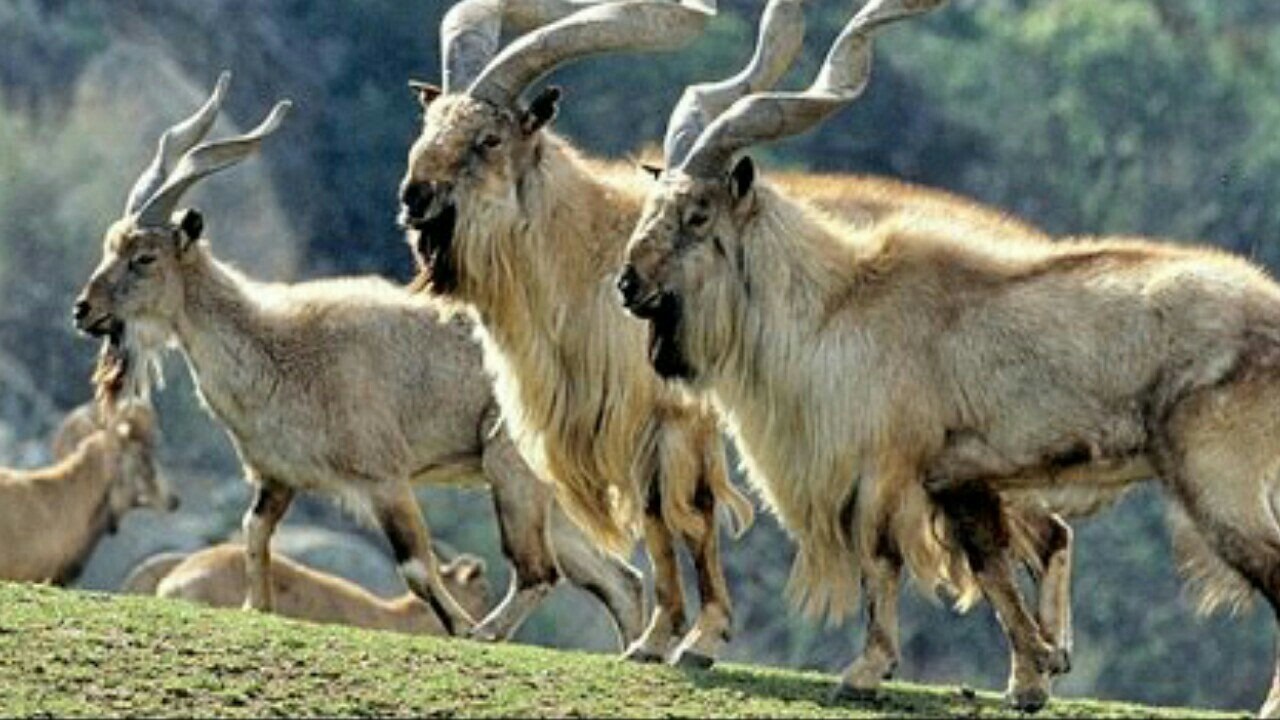Pakistan is blessed with enormous natural resources and has a diverse flora and fauna with 660 species of birds and 177 mammals. This diversity of wildlife in the country is associated with its location in the middle of the zone between the two of the major zoogeographical regions; the oriental and the Palearctic.
Pothohar and Azad Jammu Kashmir are on a lower altitude of northern highlands and the high altitude areas take up the foothills of Karakoram, Himalayan, and Hindukush mountains. Pakistan is home to 108 peaks above 7000 meters that has many species of wild animals. They all reside in habitats of alpine grazing lands temperate forests and sub-alpine scrub.
These areas are not easy to access for human beings because most of the wildlife in Pakistan is present in large numbers here that are endangered for many other reasons. Most of the northern highlands of Pakistan’s area are covered with scrub forests that are reduced to insufficient growth in most of the places that are endangering the wildlife habitat.
Wildlife in Pakistan can easily be found in northern mountainous areas as well as Pothohar plateau that contains Eurasian Lynx, Marco Polo sheep, Bharal, Yellow-throated marten, and Marmot. Moreover, some of the bird species are also found here like Eurasian eagle-owl, Himalayan snowcock, Chukar partridge, and Himalayan monal. Murree hills frog and Himalayan toad are the amphibian species that are especially found in northern areas.
Some highly threatened species are also found here like the Himalayan brown bear, Rhesus Macaque, snow leopard, white-bellied musk deer, Siberian ibex, and the national animal of Pakistan the enthralling Markhor. Moreover, threatened bird species are peregrine falcon, cheer pheasant, and western tragopan.
Punjab has river Indus with its tributaries of Ravi, Sutlej, Beas, Chenab. The areas around these rivers are accompanied by an excellent system of monsoon climate that has diverse and admirable ground for the diversity of flora and fauna species. These plains are highly appealing for the agricultural goals as well as for the development of civilization. These areas have vast Indus food plains that are cleared of natural vegetation to grow crops and die, for this reason, very few species became endangered.
The non-threatened mammal species are wild boar, red fox and nilgai whereas, bird species like an owl, barn owl, black kite, alexandrine parakeet, Indian peafowl, red-vented bulbul, shikra, rock pigeon, myna, hoopoe and shelduck while the reptiles found here are Indian star tortoise, Indian cobra, yellow monitor, and Sindh krait and amphibians are; Indus valley toad and Indus valley bullfrog.
The threatened mammal’s spices found here are axis deer, hog deer, Indian pangolin, Sindh ibex, Punjab urial, axis deer, and blackbuck whereas bird species is the white-blacked vulture. Threatened reptiles species are gharial and black pond turtle.
Western highlands, deserts, and plains also contain a number of mammals and different wildlife species like Blanford’s fox, dromedary camel, Goitered gazelle, striped hyena, Indian crested porcupine, long-eared hedgehog, and ratel. While Westland and coastal regions and marine life contain a number of fishes that are of different species.
Image source link

















